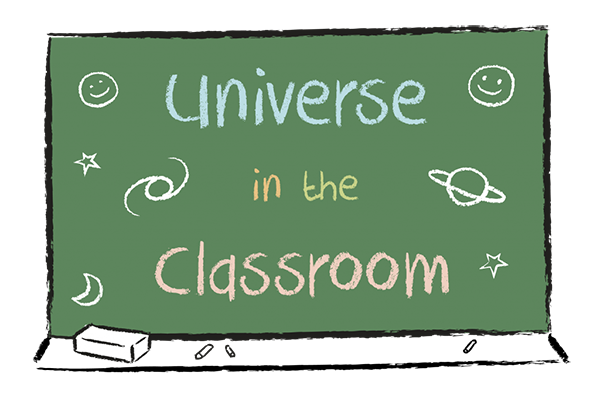Calling all secondary school teachers! Do your secondary school pupils want to take part in a new and exciting interactive exercise that aims to bring science to a wider and more diverse audience?
Science and technology dominate our everyday lives – from the alarms we use to wake ourselves up in the morning to how the entire world responds to a pandemic. Consequently, there is a risk that a generation of youth that have grown up surrounded by an abundance of cutting-edge gadgetry might not quite understand the extent to which science and technology pervades their lives.
Cardiff University has developed a new video resource that aims to inspire younger people to think more carefully about the technological state of the world around them so that they can be best equipped to make important decisions about how to live their lives. This resource has been developed alongside the new Welsh Curriculum, so it will be delivered in a way that is relevant and meaningful to the pupils – and will help them engage in the world as responsible global citizens.
Sound interesting? Use the link below to take part, a process that begins with providing consent. Full information packs are available for teachers and parents/carers, or you can contact NorthCE@cardiff.ac.uk with any queries.
Full details
What is our video resource?
Cardiff University have developed a simple video resource that is a short film based on the theme “a day in the life of a student”. The short film is a first-person experience from the POV of the main character (the student whose day we are following). The video covers such topics as waking up, having breakfast, going to school, and visiting a friend’s house. For reference, the video can be viewed here.
Why did we develop the video resource?
Cardiff University is currently running a project that centres on the importance of bringing science to a wider and more-diverse audience. Science and technology dominate our everyday lives – from the alarms we use to wake ourselves up in the morning to how the entire world responds to a global pandemic. This video resource aims to inspire younger people to think more carefully about the technological state of the world around them in a way that is relevant and meaningful.
It is our aim that this will serves as a legacy resource that can be utilised in a multitude of learning scenarios.
How can you use the video resource with your students?
As this video resource has been developed alongside the changing Welsh Curriculum, it serves as a useful point of discussion for many aspects of the content you will be looking to deliver to your pupils. We believe it will be particularly useful as a primer for lessons and discussions surrounding the inextricable link between science and technology, which is something the new Welsh Curriculum has stated it wishes to focus on.
The video is accompanied by a complementary, interactive Microsoft Form aimed at stimulating both conversation and independent thought amongst your pupils. The form will also serve as an evaluation tool for the usefulness of our resource (as outlined in section two).
We believe the video resource is best used when played it to the entire class at once and having pupils talk about what they have watched in tandem with filling out our interactive questionnaire at their desks/computers. A typical session might consist of holding a brief introductory chat about the themes of the video, have your students fill out the “before” section of the Microsoft Form, play the video to the entire class, and finish by having them discuss what they saw and fill out the “after” section of the questionnaire.
Alternatively, your students could participate in an isolated interactive exercise whereby the video will be embedded in a Microsoft Form and pupils will be able to watch it on their own computers/devices and answer questions about what they have watched as a means of independent learning. This version of the exercise can be found here.
How will using the video resource benefit your students?
Providing your students with the opportunity to engage in an interactive, relatable, and engaging learning activity that is tailor-made for them will arm them with powerful knowledge that will develop them as independent thinkers with raised science capital. Moreover, our resource has been developed with each of Donaldson’s “four purposes” to ensure students are being engaged in a way that aligns with the plans of the Welsh Government. For example, our resource certainly helps to encourage the process of best equipping students to make informed decisions about how to live their lives and engage in Wales, and the world’s, contemporary issues as responsible and educated citizens.
What data are we collecting and how will it be used?
We will be collecting basic, anonymised data that will focus on how the students interact with and think about the concepts relevant to the video and its purpose. It would be interesting to see how a student’s relationship with technology and science changes with age and so we have included an element in our questionnaire that asks pupils what school year they are currently in. We will not be asking pupils any questions pertaining to protected characteristics.
How will the collected data be used?
The collected data will be used by Cardiff University to evaluate the project’s success in meeting its goals and to assess the overall quality and usefulness of the video resource. This data will also be used by a final year physics student to reference in their dissertation. As always, any school reserves the right to withdraw their data at any point.











